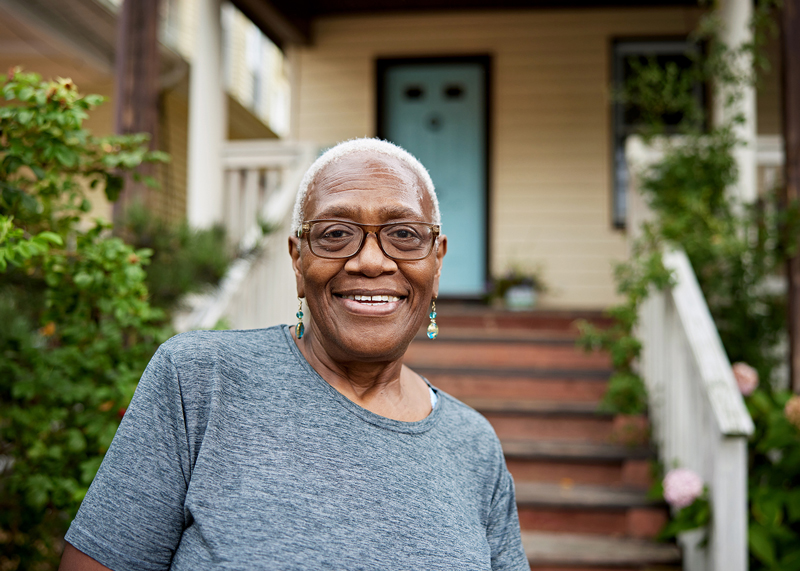Living with Low Vision

Overcoming Challenges and Navigating Life with Low Vision
Many visually impaired people have trouble performing their day-to-day activities, and have concerns about finding or keeping a job, dealing with friends and family members, getting around, and participating in recreational and social activities. Parents may have concerns about their visually impaired child’s academic and career and life options.
There are a variety of low vision aids and proven strategies that can help one adjust to living with low vision. These can help people both maximize their vision as well as their independence.
Strategies for living with low vision
- Use contrasting colors. For instance, use a dark tablecloth with white plates so you can see table edges and food more prominently. Use dark plates for light-colored food, and white plates for dark-colored food.
- Label everything. Bold labels or stickers of varying shapes will be easy to identify with some practice.
- Make it bigger. Many companies offer devices with large display screens, watches with enlarged faces, and buttons that are bigger and easier to differentiate from one another. This can make telling time, changing television channels, and even weighing yourself easier.
- Keep it organized. Placing items in their proper places will make it easier to find them next time. Establishing organization and discipline will take some time, but once it becomes a habit, daily activities will become easier.
- Seek help. Possibly the hardest step to take is asking for assistance. There are people in many shops willing and able to assist people with low vision. Even passersby are often happy to help if the request is made. There are also numerous low vision support groups operated from senior centers, libraries, and hospitals that will welcome you.
- Use the buddy system. Low vision is common among aging adults. As one of the side effects of low vision is a feeling of loneliness, finding a friend or support system in your community can be very helpful. You will be able to learn tips and tricks that have worked for other people in your same situation.
- Be kind to yourself. Coping with low vision is not simple. Developing your own tricks and methods takes time and effort. Go easy on yourself and keep trying. Eventually, with time and patience, you will find the best solutions for your specific visual impairment.
- Practice. Once you have your methods in place, practice them. Just like learning to ride a bike, the more you practice the easier it will become.
Low Vision and Mental Health
Living with low vision can leave one feeling disconnected from the world around them. Among visually impaired individuals, vision impairments have also been found to be associated with elevated feelings of anxiety and depression. In a recent study of nearly 3,000 U.S. adults, individuals with worse vision impairment were associated with depressive and anxiety symptoms, with some also reporting social isolation. Living with vision loss can be isolating—but hearing stories from others who have overcome similar obstacles can help.
If you or someone you care for is experiencing signs of depression, call a healthcare professional for assistance. Also, seek support and referrals from your eyecare professional for advice, therapies and options for coping with reduced vision.
